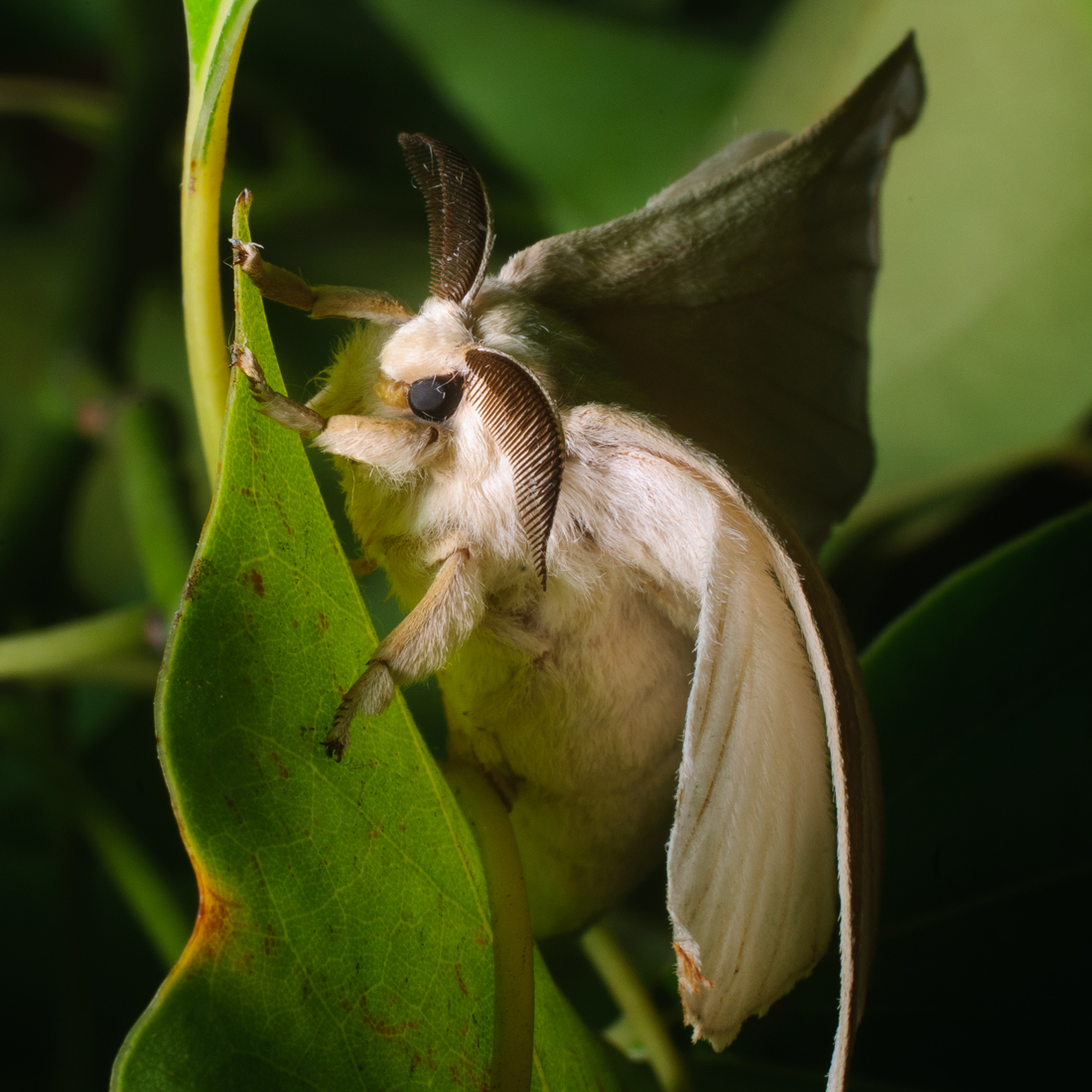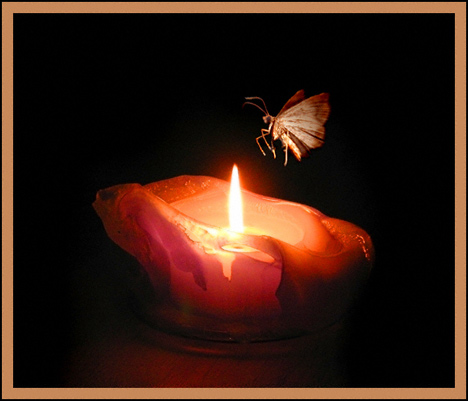Haiya!
It's come to the end of many weeks of writing this blog, and it seems that it's nearly exam period! I've always been interested in moths and butterflies, and I am glad that I have had an opportunity to research further. Actually, I feel that my knowledge on these insects did increase, but I think my main takeaway from this is really the impact of our daily actions on the environment. Even actions such as leaving our lights on can have a strong impact on common species. The environment is fragile; even the most common species that we see around play such an important part in the ecosystem. We tend to feel the need to protect only the endangered species, and we feel that common species, like mynahs, house lizards and moths will never become vulnerable. But that is what happened to passenger pigeons, right? They thought that the species will never run out, but they did. As educated Singaporeans, we can do so much more. By starting from small habits to protect our less vulnerable species and then extending our valuable help to more vulnerable species, we can protect our biodiversity.
I hope that it was enjoyable reading my blog, and I'll be updating it after the butterfly habitat programme!
It's come to the end of many weeks of writing this blog, and it seems that it's nearly exam period! I've always been interested in moths and butterflies, and I am glad that I have had an opportunity to research further. Actually, I feel that my knowledge on these insects did increase, but I think my main takeaway from this is really the impact of our daily actions on the environment. Even actions such as leaving our lights on can have a strong impact on common species. The environment is fragile; even the most common species that we see around play such an important part in the ecosystem. We tend to feel the need to protect only the endangered species, and we feel that common species, like mynahs, house lizards and moths will never become vulnerable. But that is what happened to passenger pigeons, right? They thought that the species will never run out, but they did. As educated Singaporeans, we can do so much more. By starting from small habits to protect our less vulnerable species and then extending our valuable help to more vulnerable species, we can protect our biodiversity.
I hope that it was enjoyable reading my blog, and I'll be updating it after the butterfly habitat programme!







